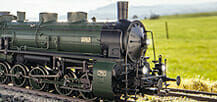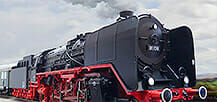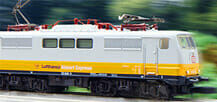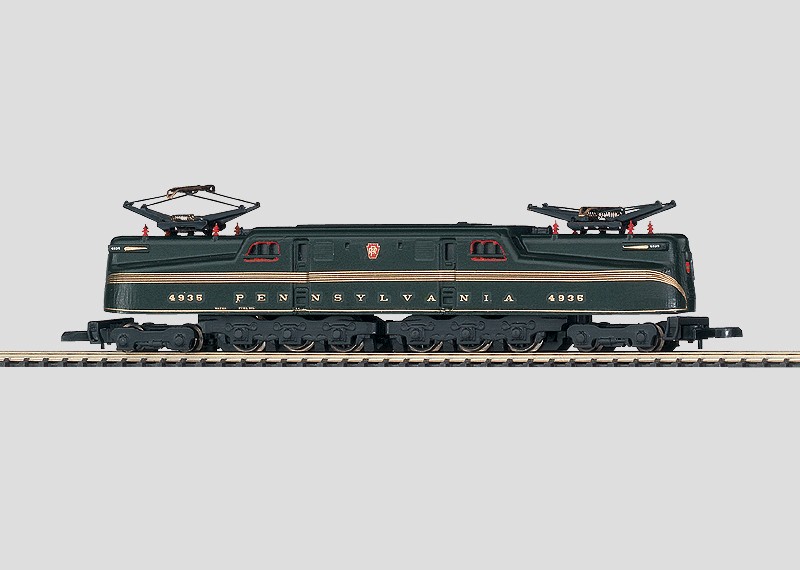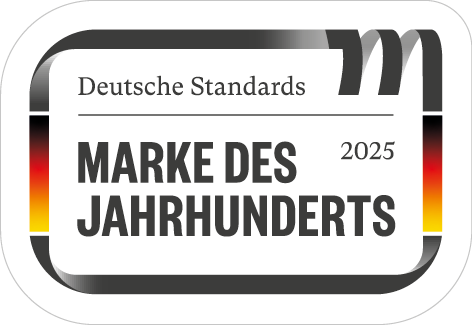Electric Locomotive.
Prototype: Pennsylvania Railroad (PRR) class GG-1 heavy general-purpose locomotive. 4-6-6-4 wheel arrangement.
Most Important Facts
| Article No. | 88490 |
|---|---|
| Gauge / Design type | Z / 1:220 |
| Era | III |
| Kind | Electric Locomotives |
Check with your local dealer Find Dealer
Highlights
- Completely new tooling.
- The model of the American "Crocodile".
- The first model of an American electric locomotive in the Z program.
- Can be used for freight and passenger trains.
-
Product description
Model: The locomotive comes with a 5-pole motor. Both power trucks pivot and all of the driving axles are powered. The couplers swing out with the pilot trucks. Large pantographs with increased extension. The headlights are maintenance-free LED's. Minimum required radius for operation is 195 mm / 7-11/16". Length over the couplers 115 mm / 4-1/2".
Find more Märklin explanation videos on our YouTube Channel
Spare parts for our articles can be found here in our spare parts search.
One-time series.
-
Publications
- New items brochure 2004 - Product programme 2005 - Product programme 2006
-
Prototype information
Loewy"s Crocodile. In the 30"s in the middle of the deepest depression, the Pennsylvania Railroad PRR ventured to electrify their main routes in the eastern United States. The gigantic project included the repair and reinforcement of railway track, construction of new tunnels with greater clearance, as well as the integration of commuter lines. The first stretch extended from Washington via Baltimore, Wilmington, and Philadelphia to Penn Station in New York (including the commuter lines under the Hudson River). All that was missing was the suitable locomotive; up to that point the PRR"s long distance passenger trains were steam-powered. A multi-year test phase was begun. At the end of the tests a prototype built by General Electric and Baldwin in 1934 with a 4-6-6-4 wheel arrangement, was declared the winner. The GG-1"s data was impressive: 6 twin motors (a pair for each axle) put out a total of 3,445 kilowatts / 4620 horsepower with peaks even exceeding 5,965 kilowatts / 8000 horsepower. The pilot truck wheel diameter was 1.45 meters / 57 inches, the total weight 208 tons / 460,000 pounds, the length 23 meters / 79 feet 6 inches. The GG-1 reached speeds of 145 km/h /90 mph. The year before a designer, originally from France, applied for employment at the PRR. Most likely to get rid of him he was assigned to design the trash containers in Penn Station New York. The result was so impressive that he was invited to make a few suggestions for the design of the GG-1. Raymond Loewy pursued the task with thorough precision. Instead of the coarse, riveted superstructure assemblies of the prototype, he came up with a smooth-surface design. He provided an elegant, dynamic package for the mighty power of this machine. The superstructure assemblies gave the effect of being cast as single unit. They are harmoniously rounded and flow into each other without interruption. Five, sharply converging gold stripes on a dark green scheme underline the elegance. On the February 10, 1935, the PRR placed the electrified stretch between Washington and New York in operation. Thanks to its power reserves, the GG-1 shortened travel times and compressed the timetable. Consequently, the PRR also electrified its routes to the west. In total the PRR had 4,300 km / 2,677 miles under wire; this was more than 40 percent of the total electrified network of the USA. The PRR ran 3,500 passenger trains daily on its network. The 137 GG-1"s pulled more than 900 trains a day, including the prestigious express trains between New York and Washington. After being regeared, the GG-1 had a second career pulling freight trains which it usually did in m.u. operation.
